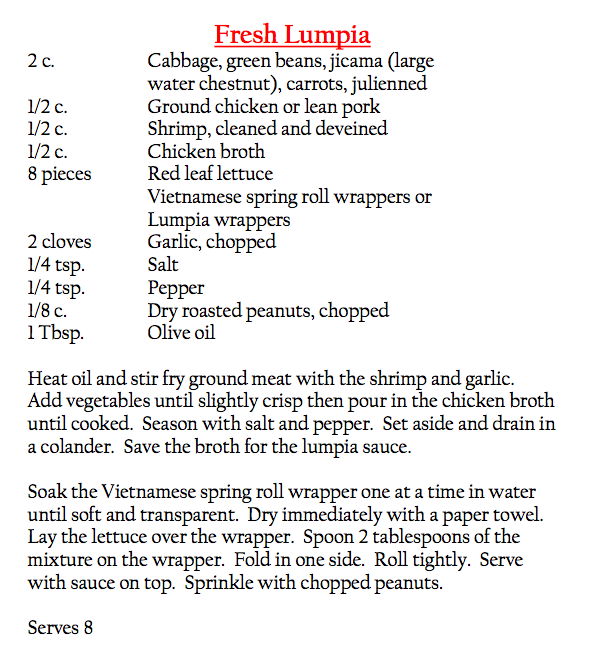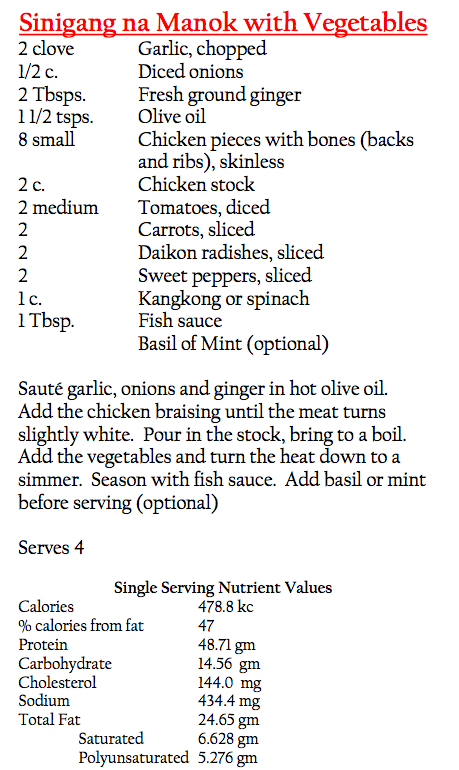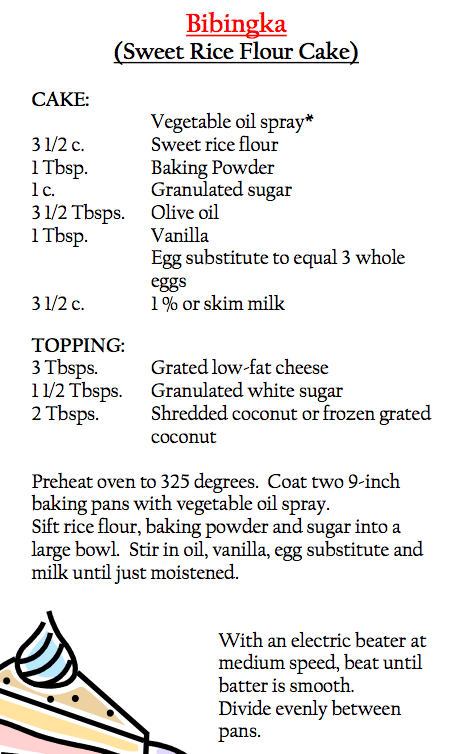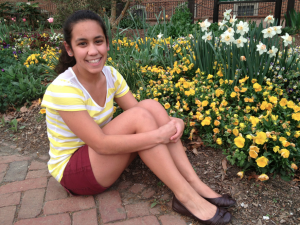Originally Posted on AsiaAmericana.com
The American Diabetes Association is lowering the Body Mass Index (BMI) cut point at which it recommends screening Asian Americans for type 2 diabetes, aligning its guidelines with evidence that many Asian Americans develop the disease at lower BMI levels than the population at large, according to a position statement being published in the January issue of Diabetes Care.
“The position statement highlights, for the first time, the physiologic differences seen between Asian Americans and other populations affected by diabetes,” said Jane Chiang, the Association’s Senior Vice President for Medical Affairs and Community Information. “Asian Americans are a heterogeneous group and have historically been underrepresented in studies, so it is important to keep in mind that this is just the beginning. Clearly, we need more research to better understand why these distinctions exist.”
For members of the general population, the Association recommends testing for diabetes when BMI reaches 25 kg/m2 or higher. Based upon an exhaustive review of the literature, for Asian Americans, it is now recommending that screening be done at 23 kg/m2 or higher. It is believed that Asian Americans – the nation’s fastest growing ethnic group – develop diabetes at lower BMI levels because of differences in their body composition: weight gain tends to accumulate around the waist in Asian Americans, the area in which adiposity is considered most harmful from a disease standpoint, rather than in the thighs and other parts of the body.
“Clinicians have known this intuitively for quite some time,” said William C. Hsu, M.D., Vice President, International Programs, Joslin Diabetes Center and Assistant Professor, Harvard Medical School, who was lead author of the position paper. “They can see that Asian Americans are being diagnosed with diabetes when they do not appear to be overweight or obese according to general standards. But if you use the previous Association standard for diabetes screening of being age 45 or older with a BMI of 25 kg/m2 or above, you will miss many Asian Americans who are at risk.”
“Given that established BMI cut points indicating elevated diabetes risk are inappropriate for Asian Americans, establishing a specific BMI cut point to identify Asian Americans with or at risk for future diabetes would be beneficial to the potential health of millions of Asian American individuals,” the position statement concludes.
The Asian Americans Native Hawaiian and Pacific Islander (AANHPI) Diabetes Coalition began drawing attention to the need for changes in clinical management guidelines for Asian Americans, who experience twice the prevalence of type 2 diabetes than Caucasian Americans despite having lower rates of obesity under current federal BMI standards, following a 2011 State of the Science Scientific Symposium on Diabetes in Hawaii.
“‘A thin Asian person may be at risk for developing diabetes. Research has shown that BMI may not be the best marker in this population. This paper is a significant step in the right direction of widely recognizing the diabetes disparity that exists in our populations and communities,” said Ho Luong Tran, M.D., President of the National Council of Asian Pacific Islander Physicians, and lead coordinator of the AANHPI Diabetes Coalition. “The next steps are to increase the amount of clinical research and data on this diverse population, while simultaneously pushing for policy change that will positively impact health outcomes.”
The Association’s position statement does not redefine overweight or obesity for Asian Americans, only the BMI cut point for screening for type 2 diabetes.
“What this does is to help us, as a society, identify those who are at risk for type 2 diabetes who might otherwise not have been identified because of their lack of appearance of obesity,” said Hsu, adding that the growing prevalence of diabetes and its economic impact in the United States heighten the need for early detection and prevention.
For a copy of the Association’s position statement, or to obtain a copy, please visit http://dx.doi.org/10.2337/dc14-2391.
The American Diabetes Association is leading the fight to Stop Diabetes and its deadly consequences and fighting for those affected by diabetes. The Association funds research to prevent, cure and manage diabetes; delivers services to hundreds of communities; provides objective and credible information; and gives voice to those denied their rights because of diabetes. For the past 75 years, our mission has been to prevent and cure diabetes and to improve the lives of all people affected by diabetes.
For more information please call the American Diabetes Association at 1-800-DIABETES (800-342-2383) or visit www.diabetes.org. Information from both these sources is available in English and Spanish.
About Asia Americana
Asia Americana is about Asian Americans, or US Asians, numbering about 18.7 million (5.8% of the US population) and the fastest growing racial group in the country. By the year 2050, Asian Americans will be more than 40.6 million and will represent 9.2% of the total US population. Asia Americana features the most compelling stories of Asian Americans: our joys, our sorrows, our successes, and our struggles in blending and mixing with mainstream America, with the hope that America will embrace us as partners in this journey to form a stronger and more equitable union. Asia Americana also aims to put Asian American issues at the forefront, topics that are near and dear to us and use our news magazine as a forum to further our causes. A dynamic online news magazine, Asia Americana hopefully will incite critical thinking and discussion, promote ideas, inspire change, and awe the imagination. Asia Americana is everything fresh and relevant to Asians and Asian Americans.
Diabetes in Asian Americans










